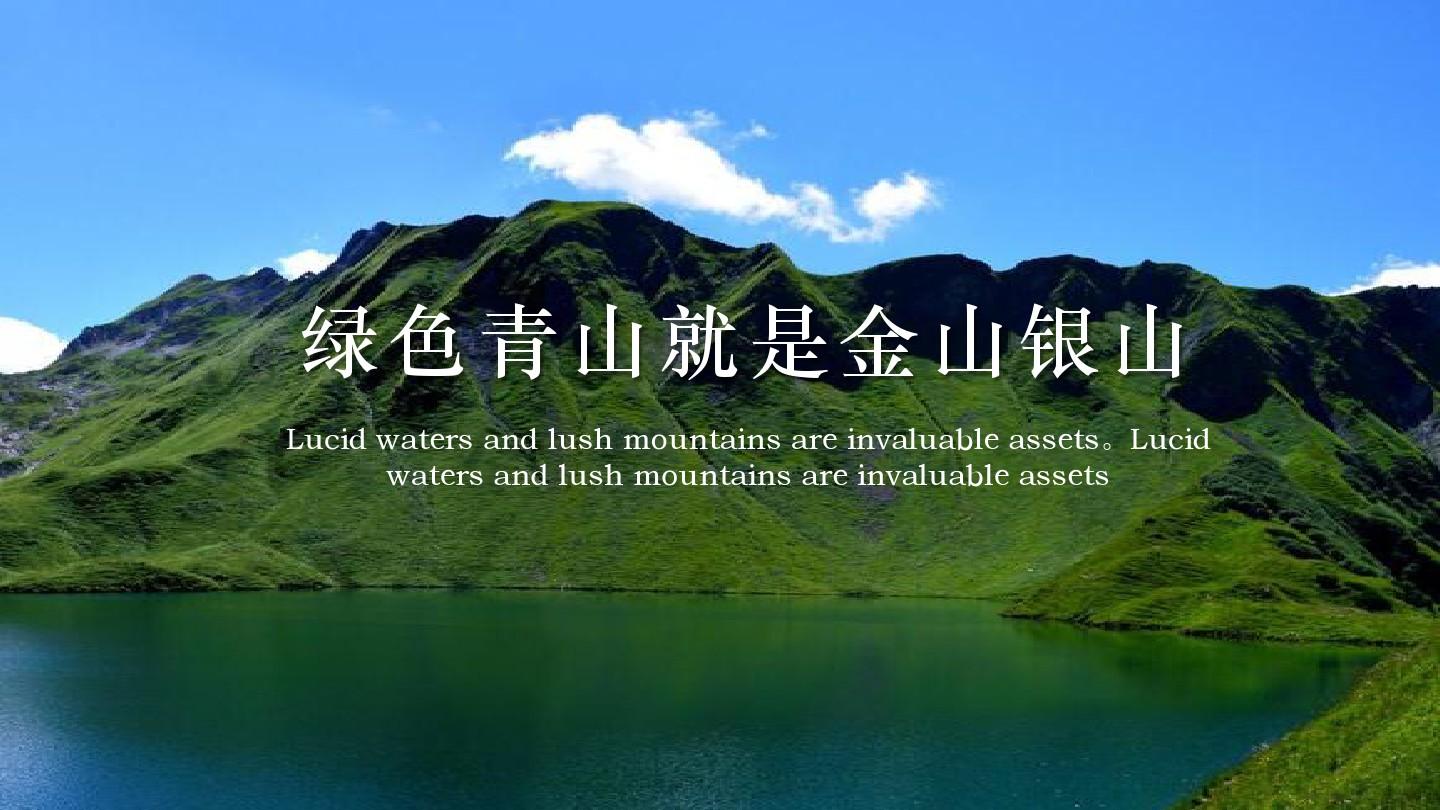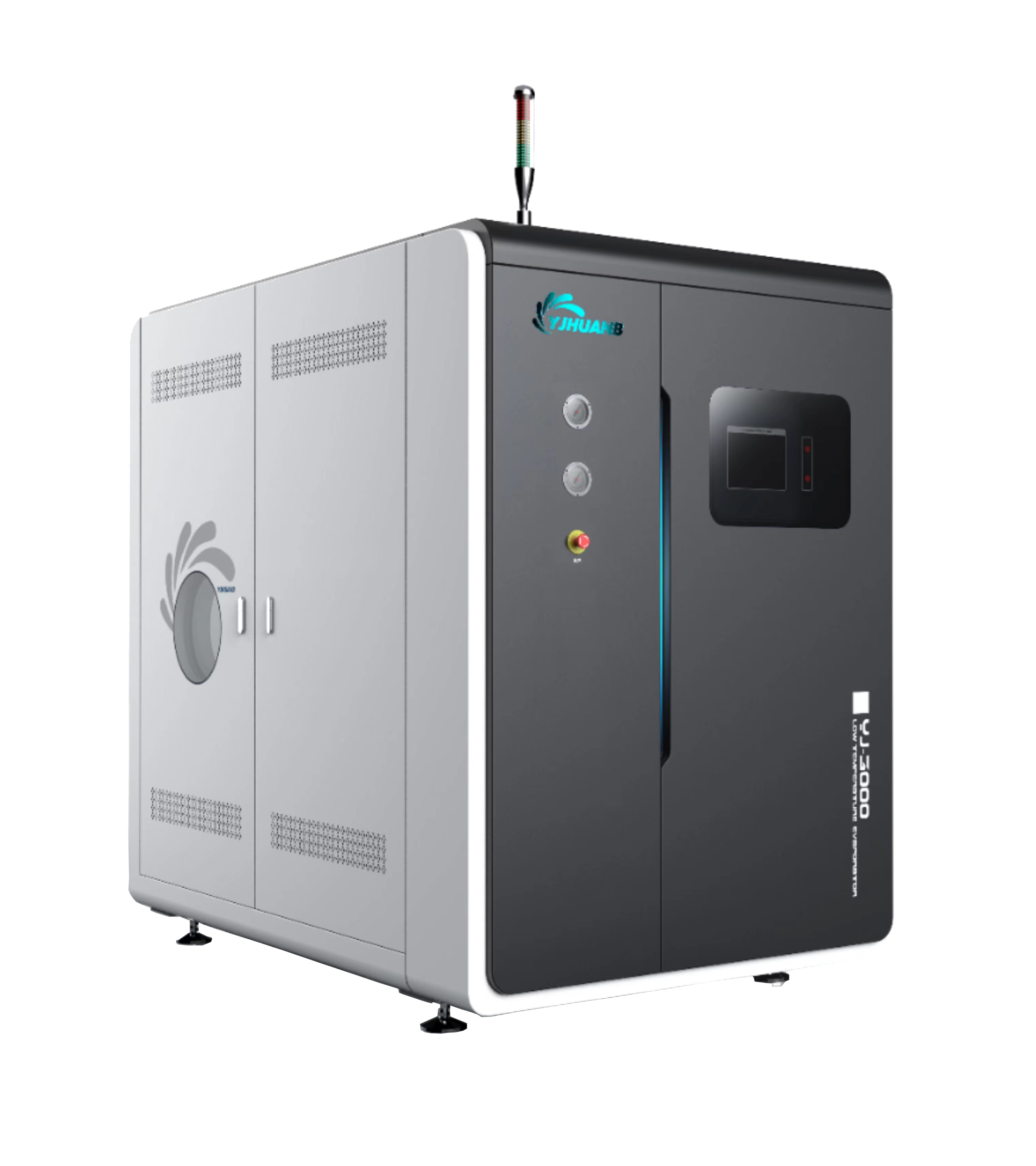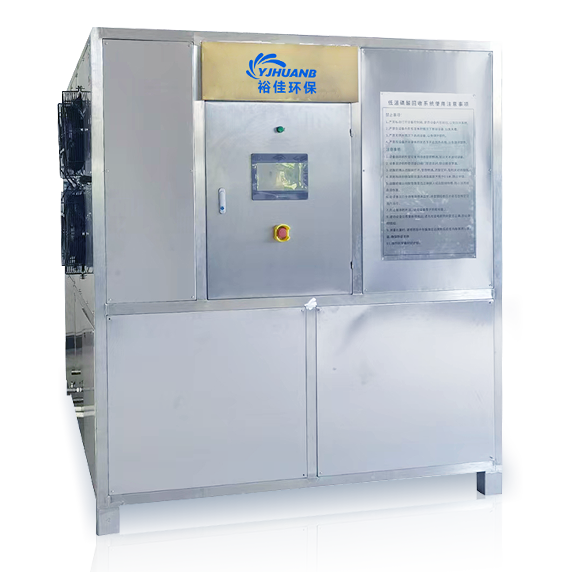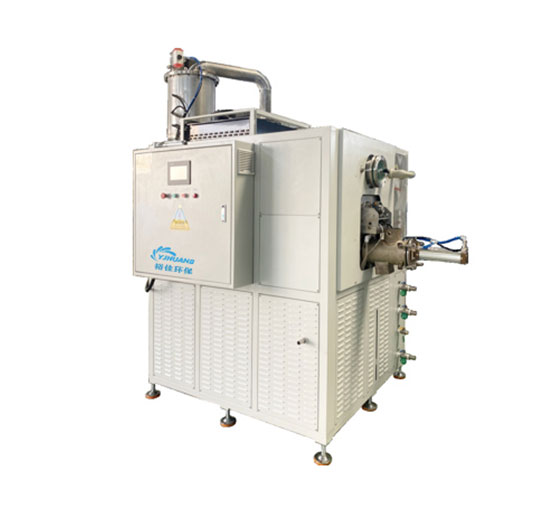Low temperature evaporation and concentration equipment for wastewater: the innovative path of green technology!
With the continuous development of human society, the problem of industrial wastewater treatment is becoming increasingly prominent. How to efficiently treat these wastewater while protecting the environment has become a major challenge facing us. The emergence of low-temperature evaporation and concentration equipment for wastewater provides a new approach to solving this problem. This article will focus on the application of low-temperature evaporation and concentration equipment for wastewater, exploring its value and prospects in the field of wastewater treatment.
1、 The principle and advantages of low-temperature evaporation concentration technology for wastewater
Low temperature evaporation concentration technology for wastewater is a new type of wastewater treatment method. It uses a special heat exchanger to evaporate wastewater under low temperature conditions, allowing the water in the wastewater to evaporate while concentrating harmful substances in the wastewater. The core advantage of this technology lies in its energy-saving, environmentally friendly, and efficient concentration characteristics. Compared to traditional high-temperature evaporation methods, low-temperature evaporation not only reduces energy consumption but also reduces wastewater treatment costs.
2、 Application scenarios of low-temperature evaporation and concentration equipment for wastewater
Low temperature evaporation and concentration equipment for wastewater has broad application prospects in multiple fields. In the chemical industry, many chemical reactions generate a large amount of wastewater, which often contains high concentrations of harmful substances. Through low-temperature evaporation concentration technology, these wastewater can be effectively treated, achieving reduction and harmless treatment of wastewater. In the industrial manufacturing industry, wastewater treatment is also an important link. Low temperature evaporation concentration technology can effectively treat industrial wastewater and achieve green and efficient production in industrial production.

3、 Practical cases of low-temperature evaporation and concentration technology for wastewater
Taking a certain chemical plant as an example, it generates a large amount of wastewater during the production process. Traditional wastewater treatment methods are not only inefficient, but also prone to secondary pollution. After the introduction of Yujia Environmental Protection's low-temperature evaporation and concentration equipment for wastewater, the wastewater treatment efficiency of the plant has been greatly improved. The harmful substances in wastewater are effectively concentrated and separated, resulting in a significant reduction in wastewater discharge and reaching zero discharge standards. The application of this technology not only improves the production efficiency of enterprises, but also makes positive contributions to environmental protection.
Looking ahead to the future, low-temperature evaporation and concentration technology for wastewater is expected to play a more important role in the field of wastewater treatment. With the continuous progress of technology and the increasing awareness of environmental protection, people's requirements for wastewater treatment technology are also constantly increasing. The low-temperature evaporation concentration technology for wastewater, as an efficient and environmentally friendly wastewater treatment method, is expected to be widely applied and promoted in the future. Meanwhile, with the continuous maturity and improvement of technology, its manufacturing and maintenance costs are expected to gradually decrease, allowing more enterprises to enjoy the benefits brought by this technology.
The low-temperature evaporation concentration technology of wastewater, as a new type of wastewater treatment method, provides us with a new idea to solve the problem of wastewater treatment. Its energy-saving, environmentally friendly, and efficient concentration characteristics make it have broad application prospects in multiple fields.

















